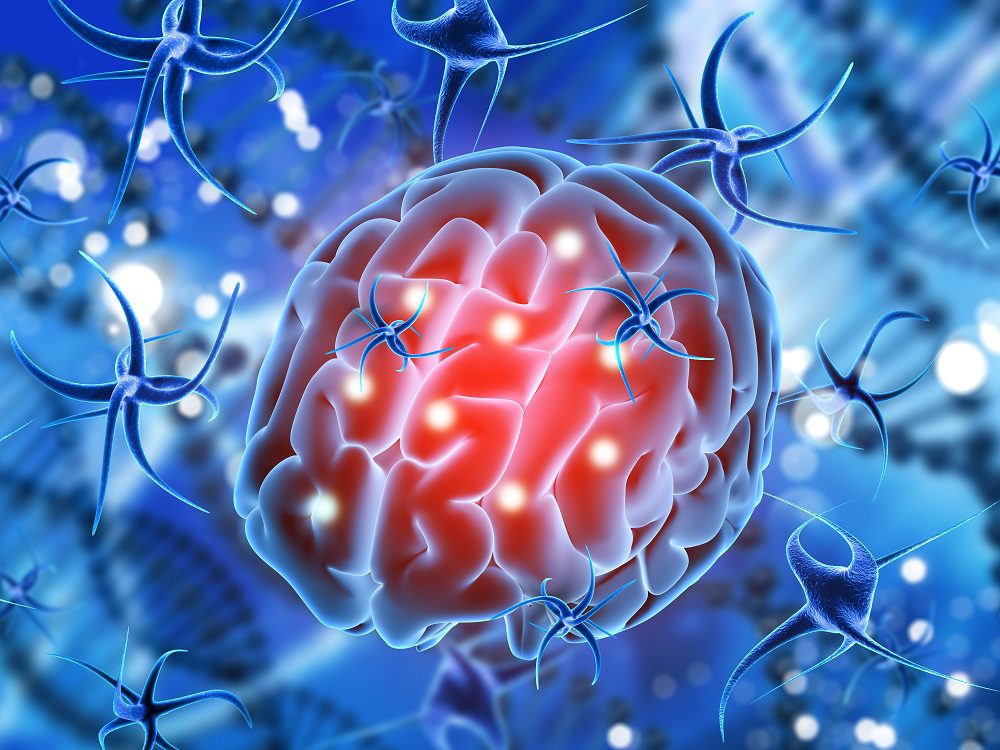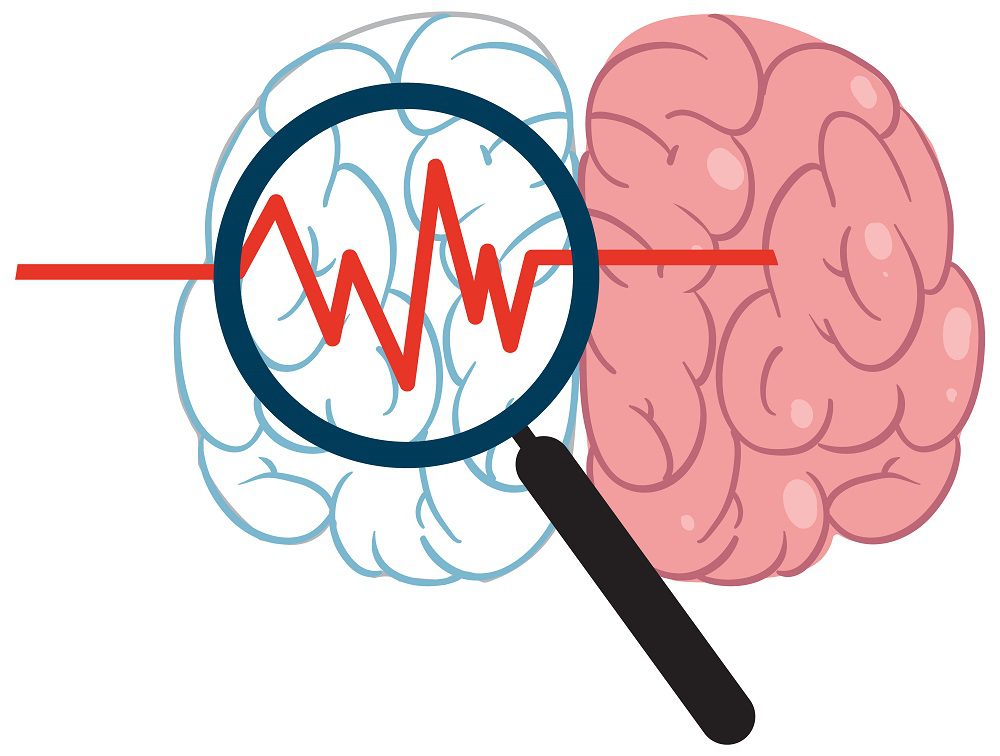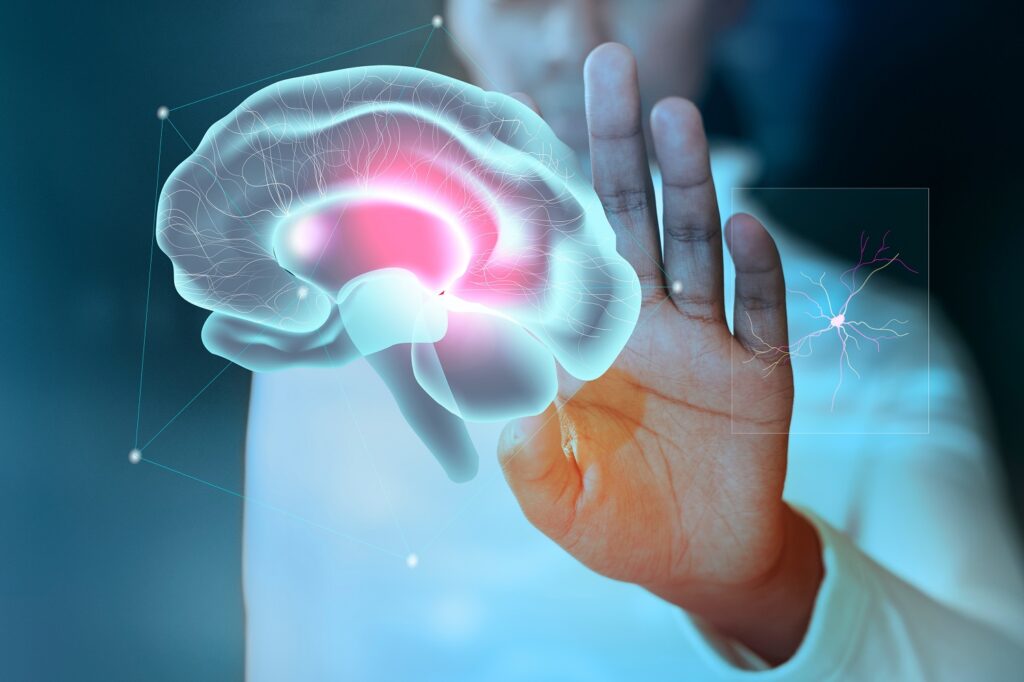Paraoxonase enzymes serve as an important physiological redox system that participates in the protection against cellular injury caused by oxidative stress. The PON enzymes family consists of three members (PON-1, PON-2, and PON-3) that share a similar structure and location as a cluster on human chromosome 7. These enzymes exhibit anti-inflammatory and antioxidant properties with well-described roles in preventing cardiovascular disease.
Perturbations in PON enzyme levels and their activity have also been linked with the development and progression of many neurological disorders and neurodegenerative diseases. Common themes which emerge in these settings are the ability of PONs to provide anti-oxidant and anti-inflammatory counter regulatory mechanisms in the brain which augment neuroprotection. Given the substantial morbidity and mortality associated with these neurological and neurodegenerative diseases, discovering—and developing—rational therapeutic strategies which enhance the neuroprotective effects of PONs is a logical focus of future research in this area















